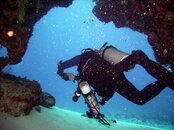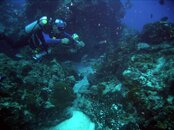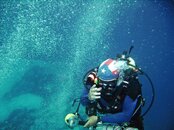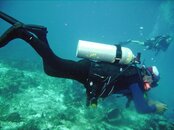Don--
I'm not sure what a safe range for ppm of CO is, so that's why I asked about the 5 ppm. Unfortunately I've never tested a tank but plan on purchasing a tester soon

Ah ok, well it's been common for divers to just trust the air tanks so this is kind of a new idea. When I first got interested, I felt like Don Quixote but then the more I learned - the more risk I discovered and even what I thot had passed as answers started to fail, plus I've met some real experts here who are also concerned and testing theirs.
The problem seems to be that the damage is so easy to miss, real accidents were not well investigated - easier and better for tourism to write them off as drownings, and the risk was largely overlooked in the developing sport of recreational scuba, which is a recent development really.
Padi and the others won't take a late stand on this as it'd be bad for their businesses which depend largely on new & developing divers entering the sport.
Even DAN won't do much. They report what they are told from the accidents which is often little, but won't take a leadership role as their business also depends on new divers for growth and corporate sponsorship for support. No smoking gun: no crime?

It seems the only real interest in investigating this risk, made worse by Padi discontinuing quarterly air test requirements - which were not enforced and not even good indicators, has grown out of here on SB, often in spite of my amateur approach to this important need.
But now we are getting CO testers onto the boats, reports are coming in, and they are not good: 5 ppm on Roatan and on Cozumel this past month are amateur reports sure, but worrisome. If some tanks can have 5 ppm because the filters have not been changed lately or because the compressor got hot in the rush, what are the chances of having 15 to 50 ppm or worse once the slippery slope is started?
Time will tell more as more of us get more involved. Looking forward to your field reports and hope they're all good.









